Walking Beyond
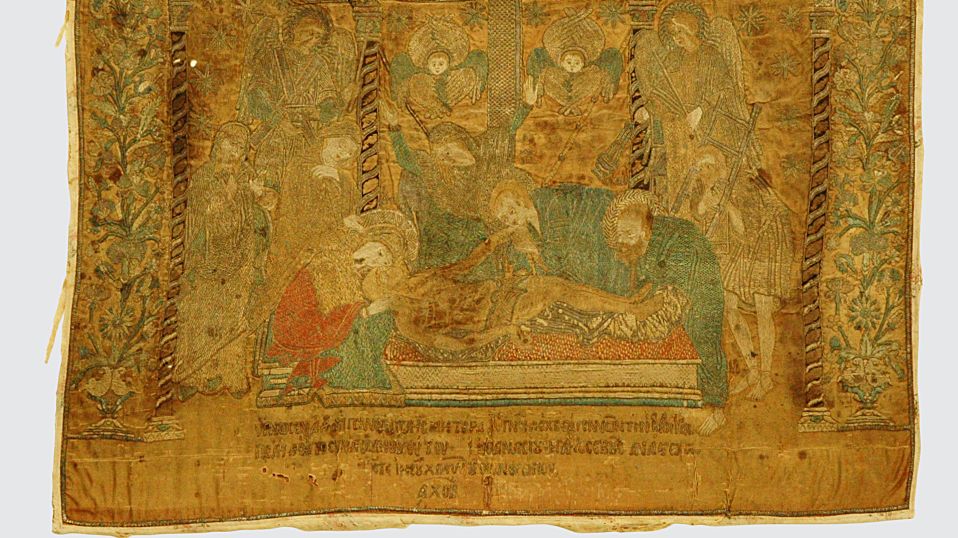
Christianity changed the way of facing death. But what did it really change in the Byzantine and post-Byzantine era? Did the burial procedure or the burial customs change?
Let’s find out.
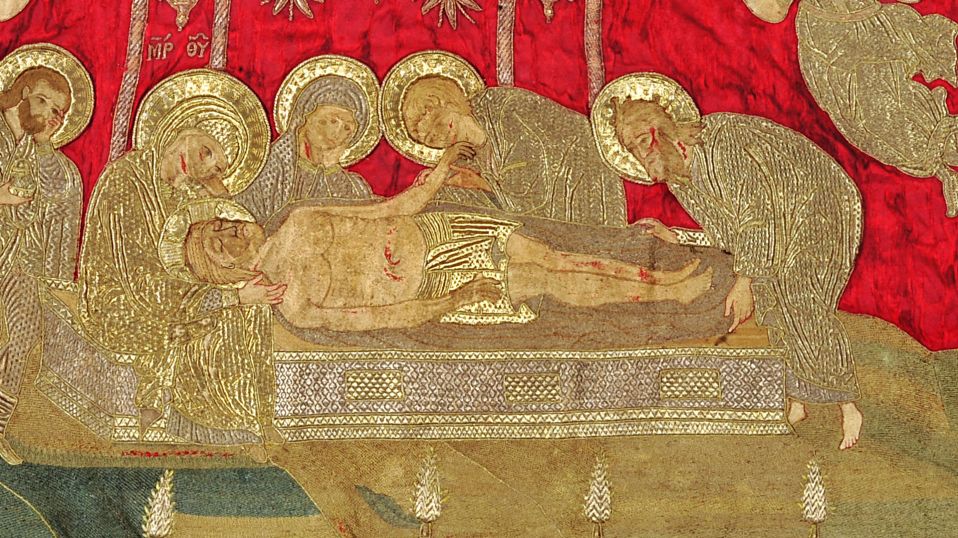
According to the teaching of Christianity, death is a transition from the perishable material world to eternal life “in a bright place, in a verdant place, in a place of respite”, according to the funeral service. It is a long sleep, waiting for resurrection at the Last Judgment. The word koimeterion (cemetery), first used by Christians, means “sleeping place”.
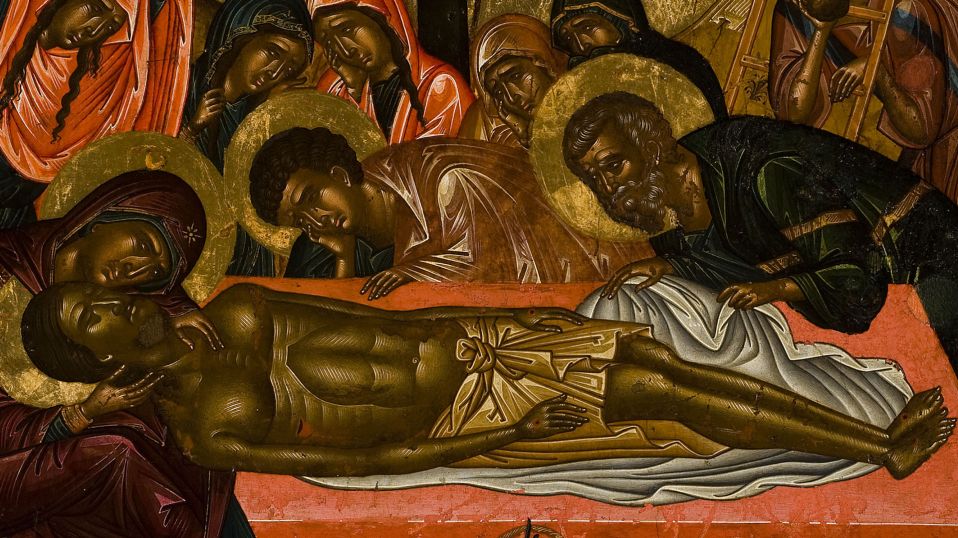
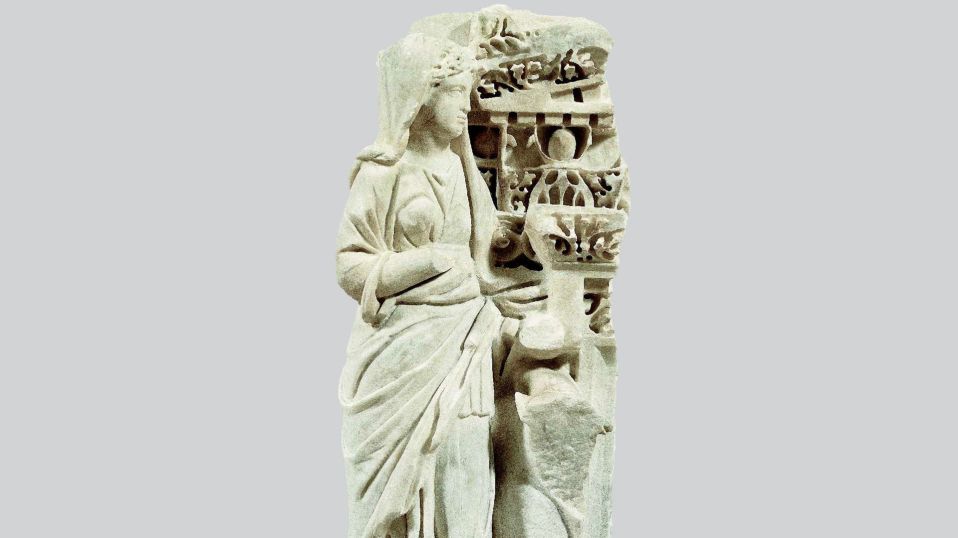
From the 1st to the 3rd century, Christians usually buried their dead in existing cemeteries in the countryside in which pagans were buried. The first cemeteries exclusively for Christians made their appearance towards the end of the 2nd century. In the 5th and 6th century clergymen and also eminent members of the laity were buried next to churches outside the city walls, since it was against the law to inter people inside the walls.
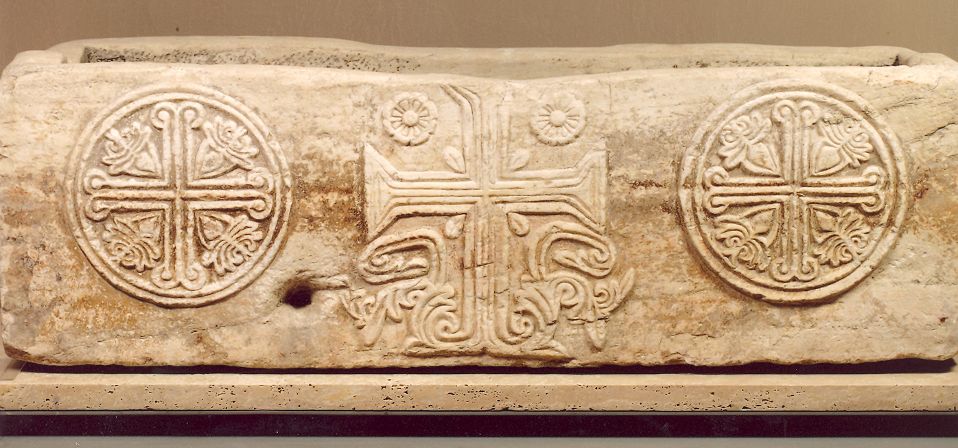
Marble sarcophagus. 10th-11thc. In Sarcophagi that were placed in the narthex or in the chapels of the church usually were buried prominent ecclesiastical or state officials.
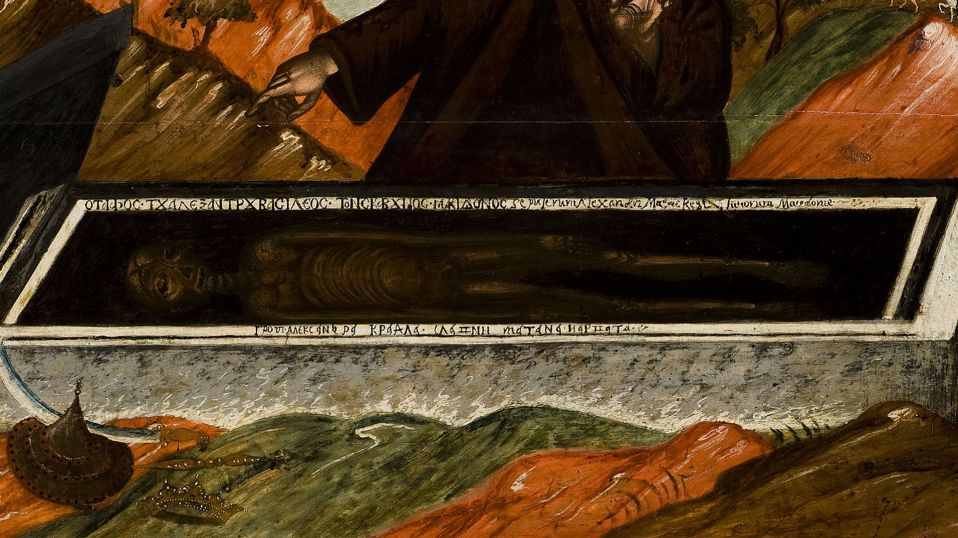
The types of Christian tombs – vaulted, cist graves or simple pit graves – did not differ from earlier Hellenistic or Roman tombs. They are therefore distinguished by their orientation (the dead were buried with their head at the west, so that they were facing east), by their iconography and Christian motifs, by the content of their inscriptions, and by the kind of grave offerings found in them. Depictions of Christian symbols, cross or Christogram, have been found in the interior of the tombs during the early Christian Era (4th-7th c.), but not later.
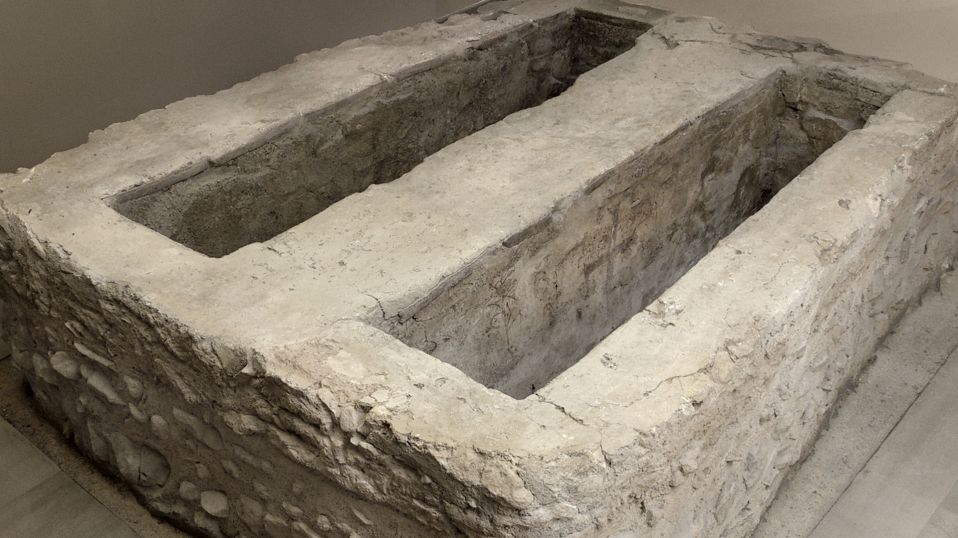
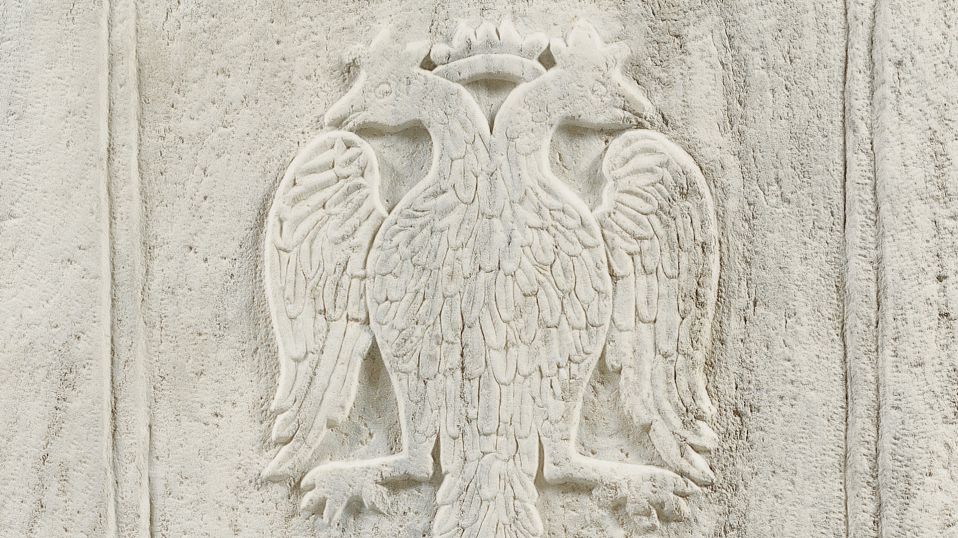
The inscribed slabs that marked the tombs were placed either upright at the head of the tomb, or horizontally, amongst the covering slabs. The texts of the inscriptions contain the name and age of the deceased and / or invocations for the salvation of his soul. Relics of pagan beliefs are detected in the threats and curses against anyone who violates the tomb that were often carved on the funerary slabs.
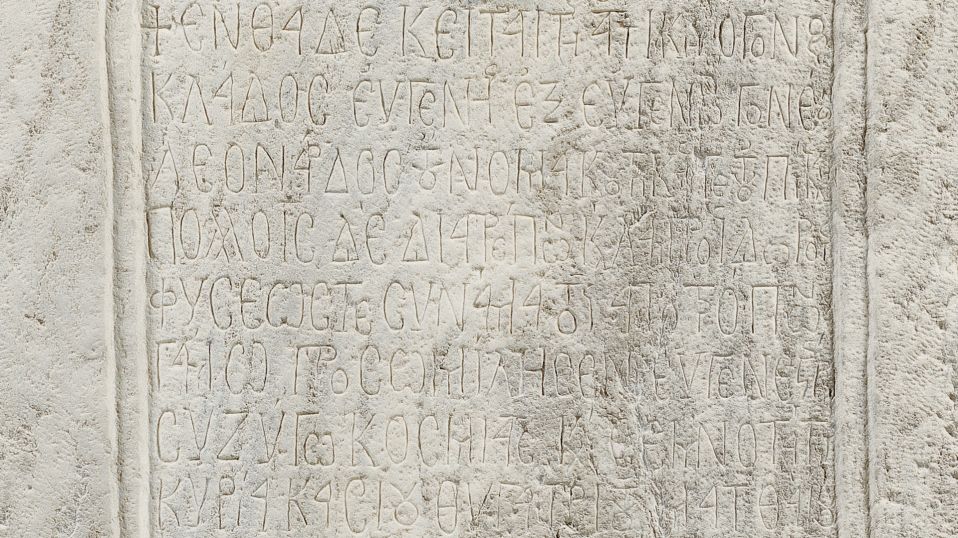
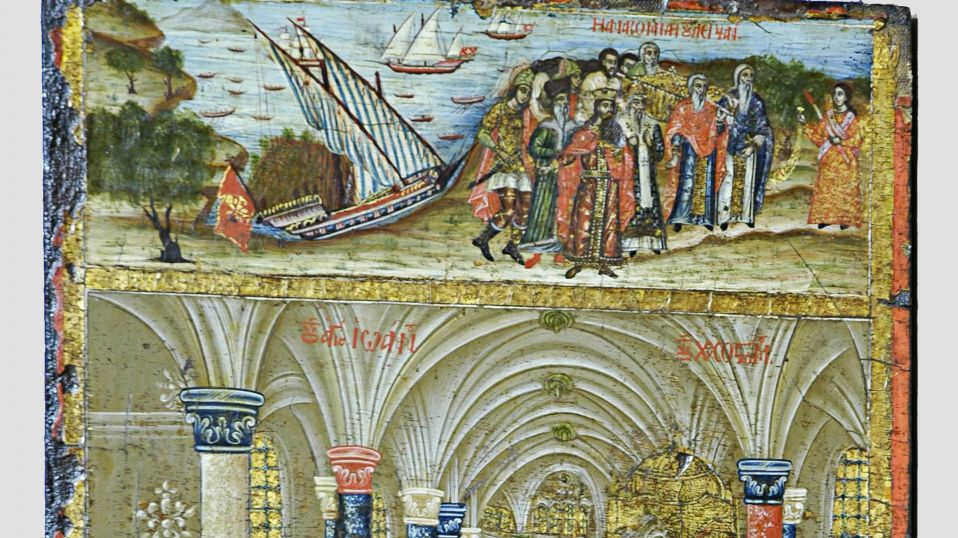
Although the practice of burying objects such as jewellery, unguentaria or coins along with the dead conflicted with Christian beliefs about death, it continued to be observed by Christians, at least during the early centuries after Christ. Another ancient custom that the Christians still observed, despite the objections of the Church, was the depositing of offerings in the tombs of the deceased, whether these were martyrs or ordinary mortals. It is also clear from written sources and archaeological finds that it was usual to hold funeral banquets on the days of the memorial services, either on or next to the tombs, in specially designed rooms.
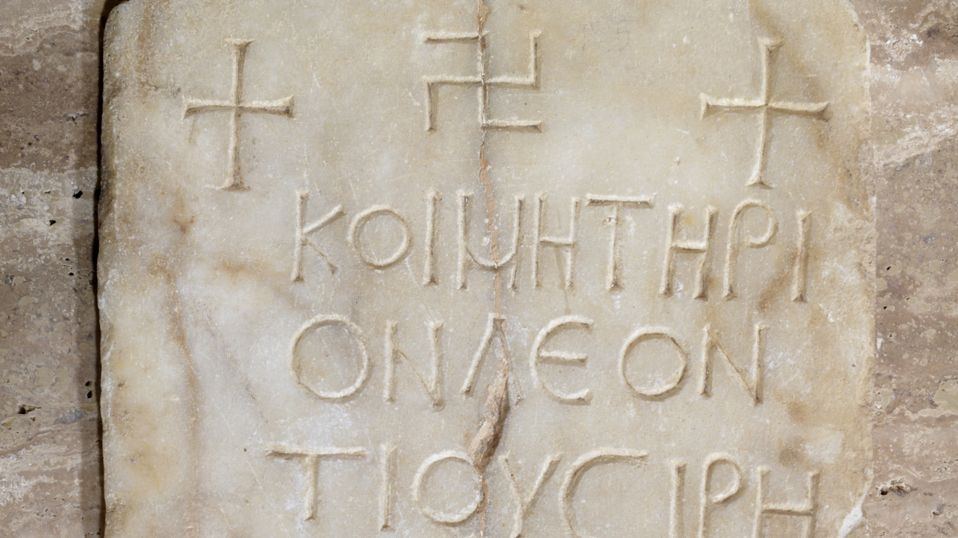
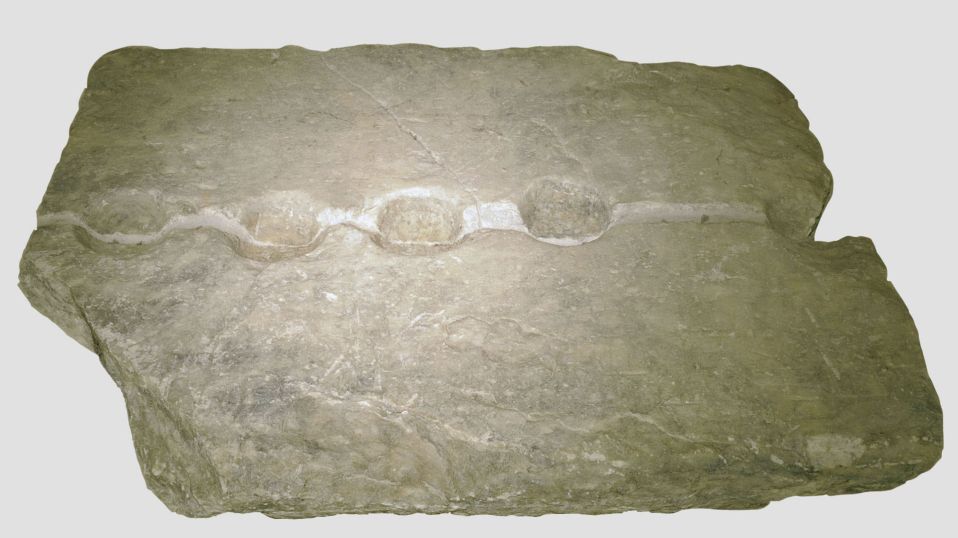
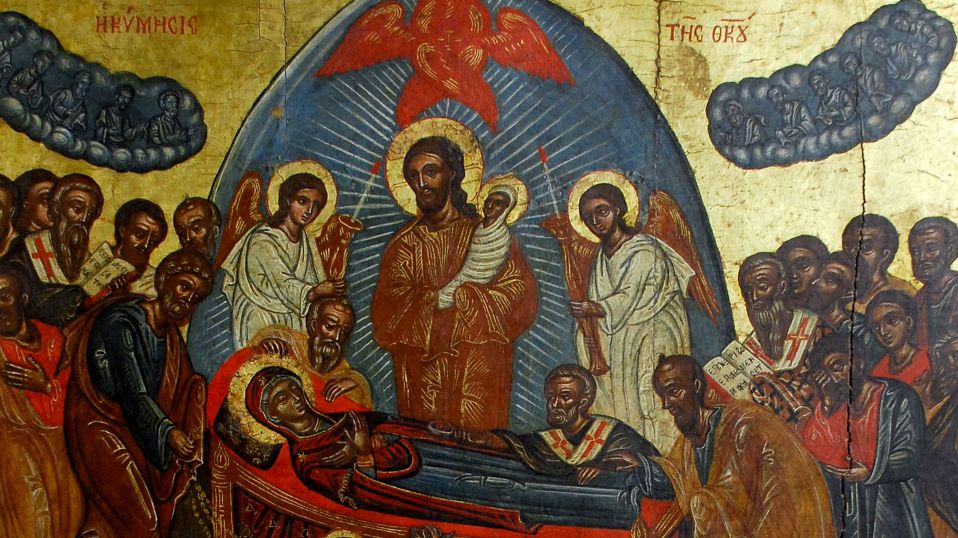
In the Christian philosophy the death is seen as the divine punishment imposed on mankind. The original sin resulted in the spiritual death of man, and then in the death of his body. Since then, the earthly life is temporary. The Christian religion distinguishes spiritual death, which means the end of communication between man and God, from eternal death, which is the eternal damnation of the sinner, and from physical death which is the separation of the soul from the body
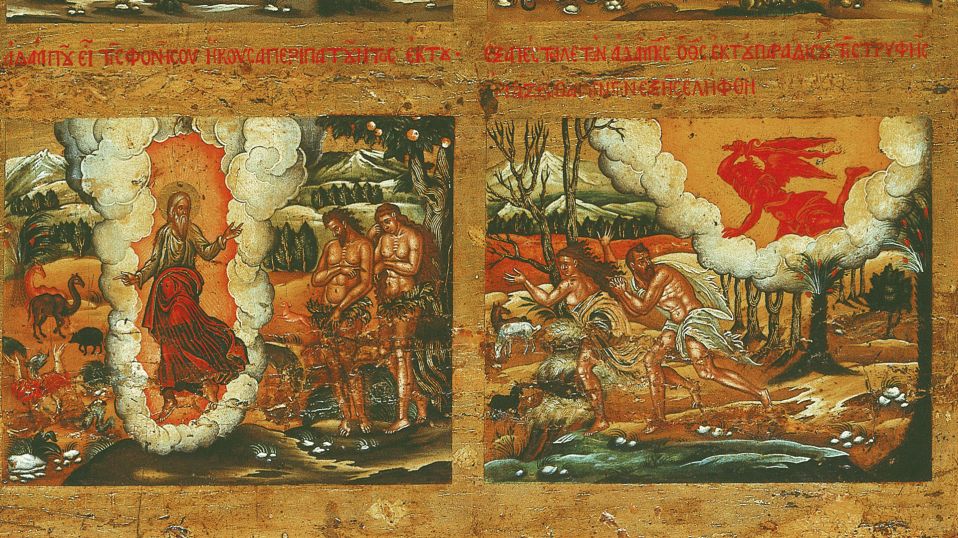
Portable icon with scenes from Genesis. It is attributed to the Painter Konstantinos Kontarinis. Early 18th c. In the lower part, Adam and Eve are being chased out of Eden.
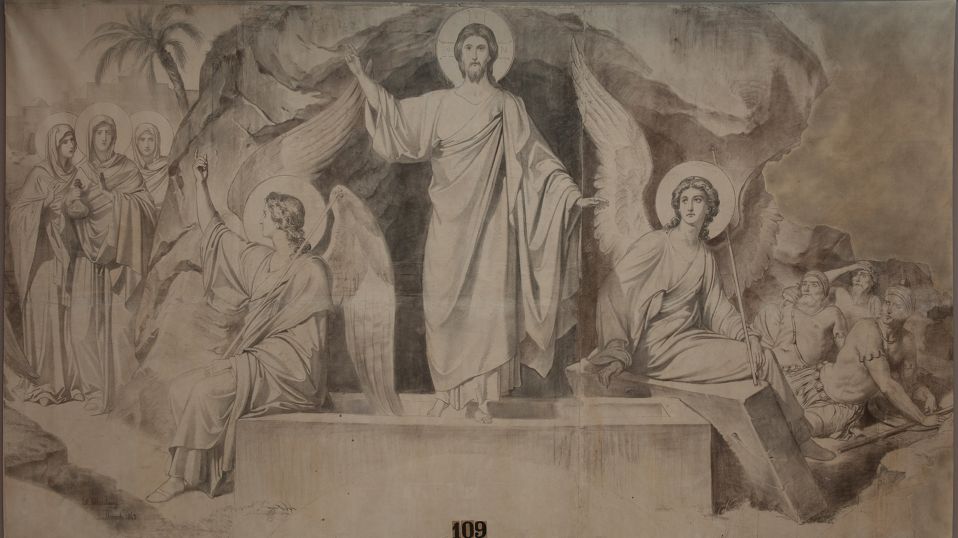
The concept of victory over death is expressed through the cycle of the Passion of Christ and especially through the Crucifixion and the Resurrection that has many similarities with the ancient symbolism of the rebirth of nature.
The victory against death in the Christian iconography is expressed also through the Dormition and the Assumption of the Virgin. In this case the transition of the corruptible body into the condition of incorruptibility already had happened by her Assumption i.e. by the simultaneous resurrection and ascension to Heaven through which it escaped from the decay of death.
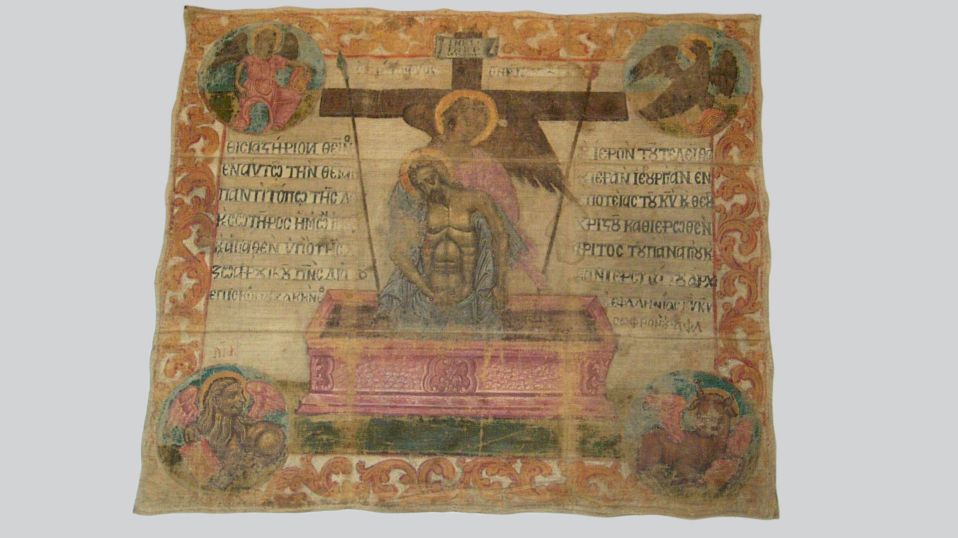
An Angel is holding Dead Christ in an open sarcophagus. Around them the Passion Symbols. Antimension (liturgical cloth that use instead of an altar). From Zakynthos. 1730.
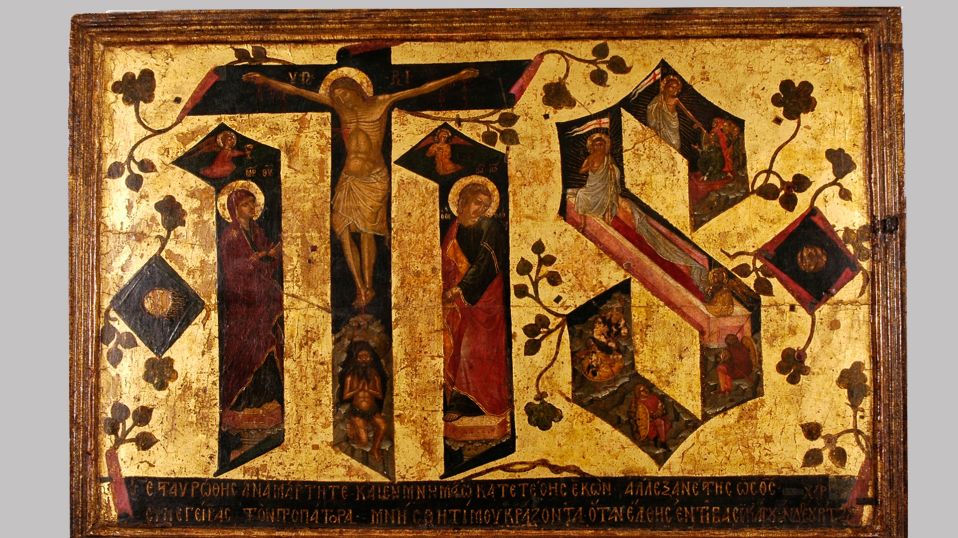
Icon with the initials IHS of the Latin inscription I(esus) Η(ominum) S(alvator) (=Jesus, Savior of Mankind) – the emblem of the Franciscan monks The letters are illustrated with the Crucifixion, the Resurrection, and the Descent into Hell. Painted by the Cretan painter Andreas Ritzos. Second half of the 15th-c.
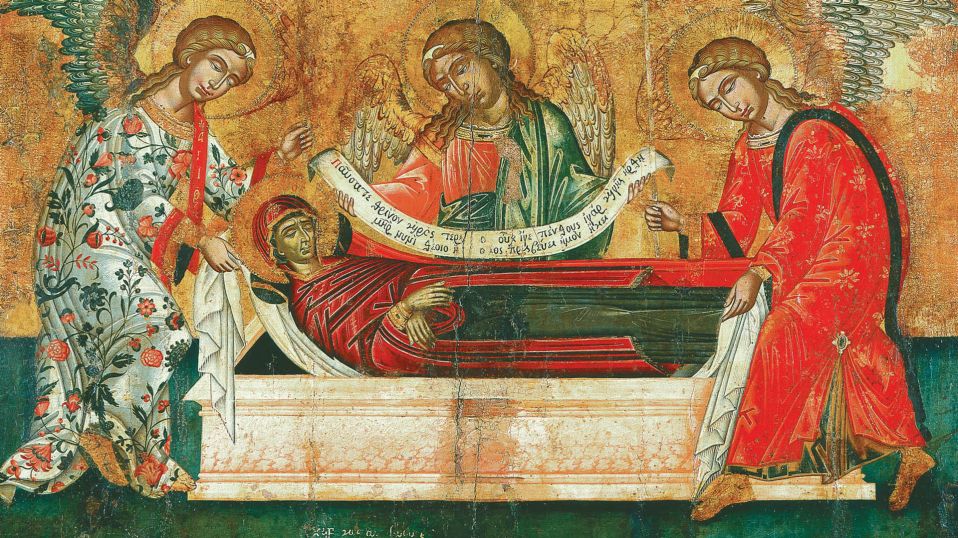
The burial of Theotokos and her Assumption to Heaven. Icon with obvious influences from the western art. Painted by Konstantinos Kontaris from the Ionian Islands. First half of the 18th c.
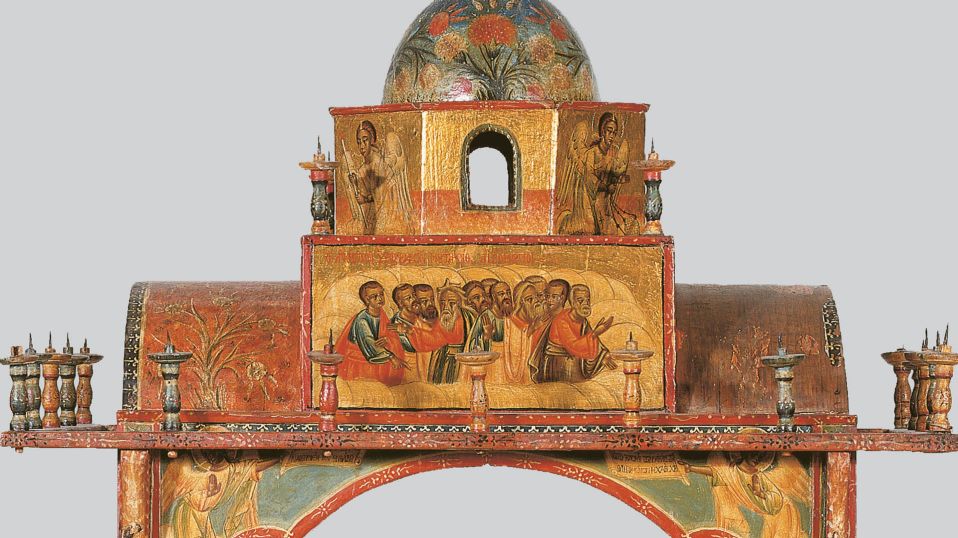
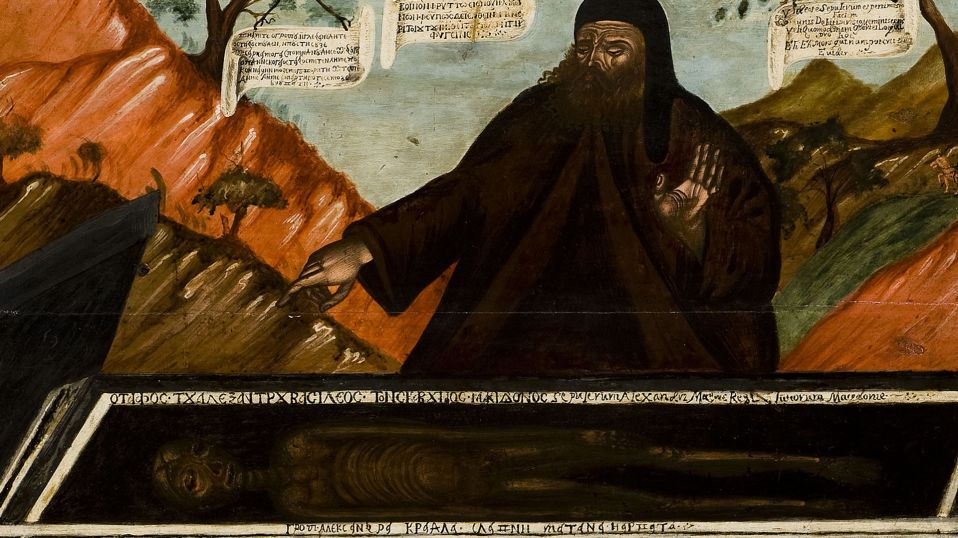
Depictions related to death can also be found in the iconography of the Saints’ lives. These are scenes in which the saint kills monsters or imaginary creatures that symbolize evil or scenes of mourning over burials or of the scenes of the Dormition of the Saints themselves.
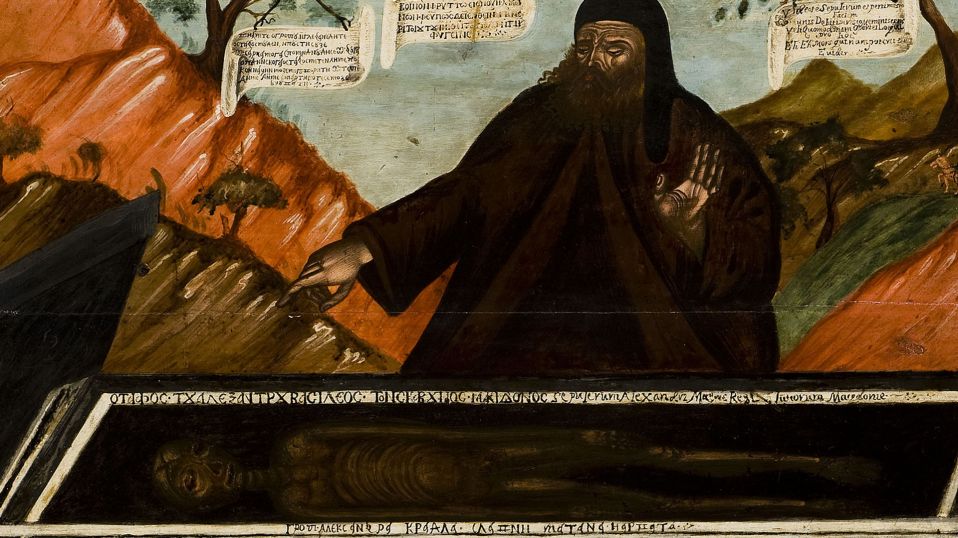
Sisoes, a hermit pursuing ascetism in Egypt is visiting the tomb of Alexander the Great. Looking at the dead hero he is meditating on the futility of earthly life.
Portable icon, late 18th-early 19th c. Probably from Dalmatia.
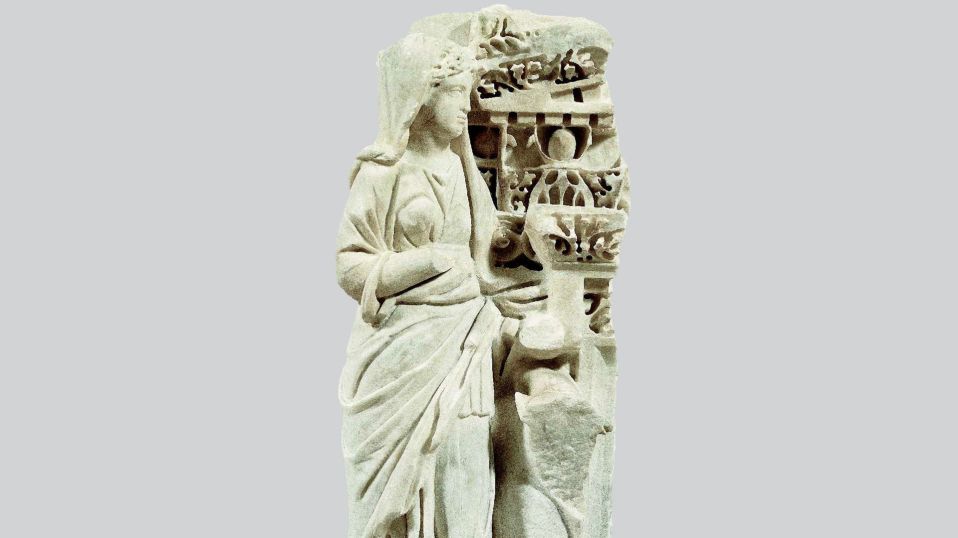
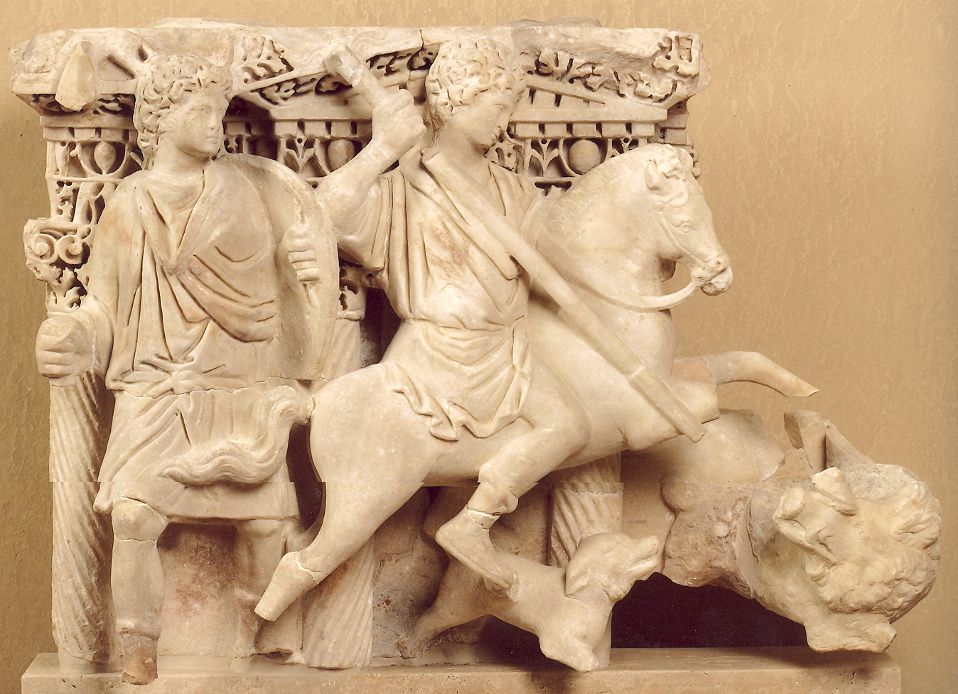
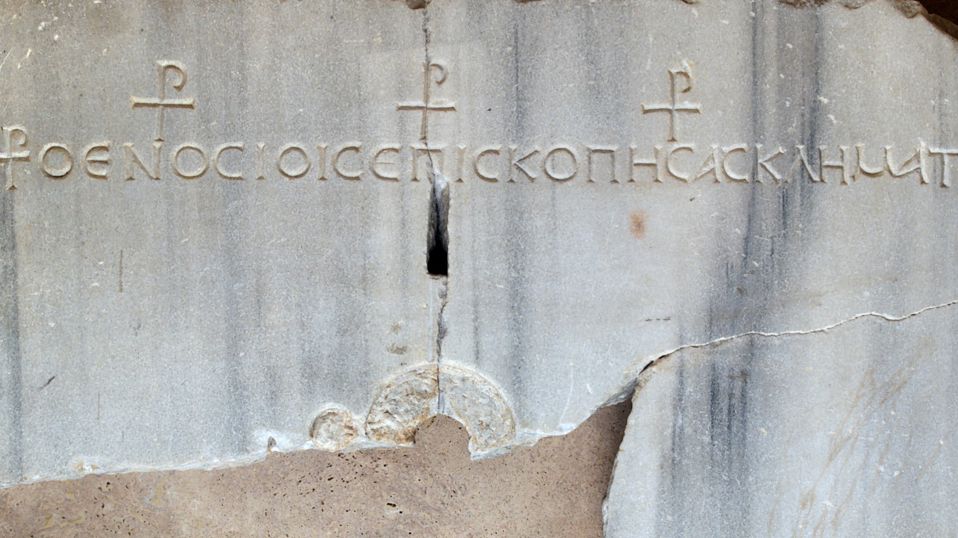
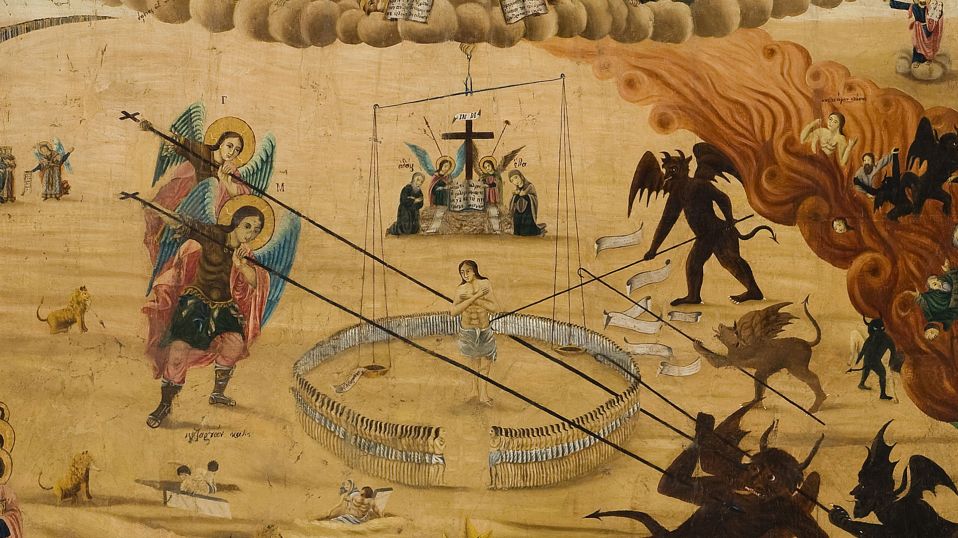
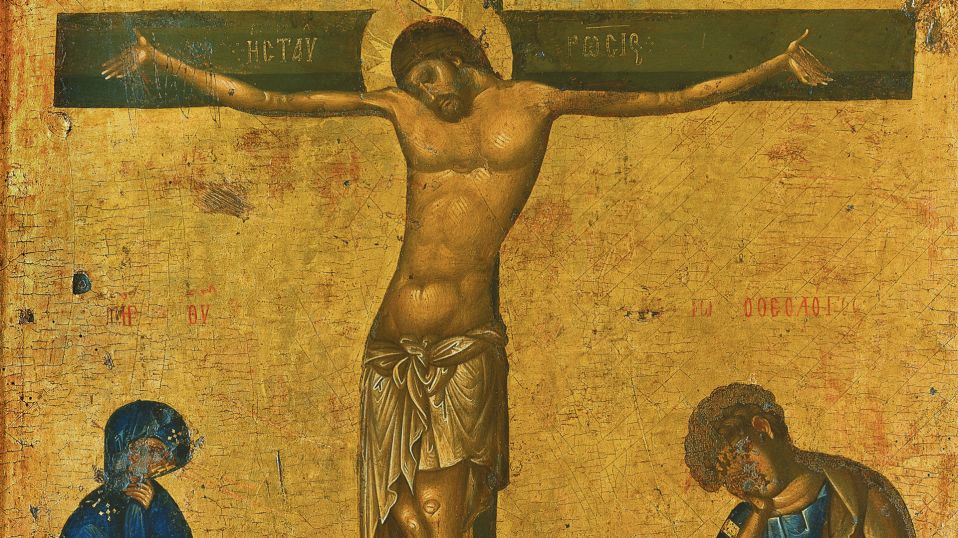
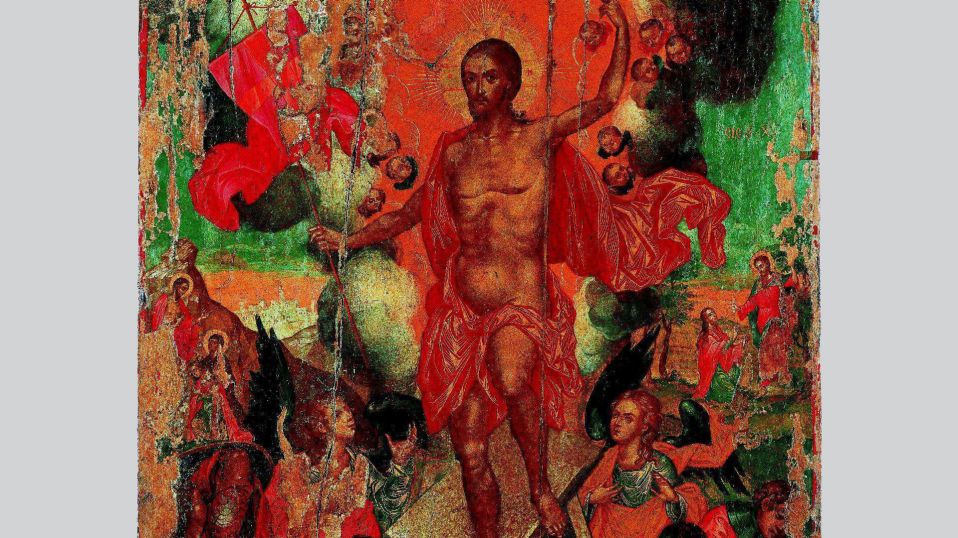
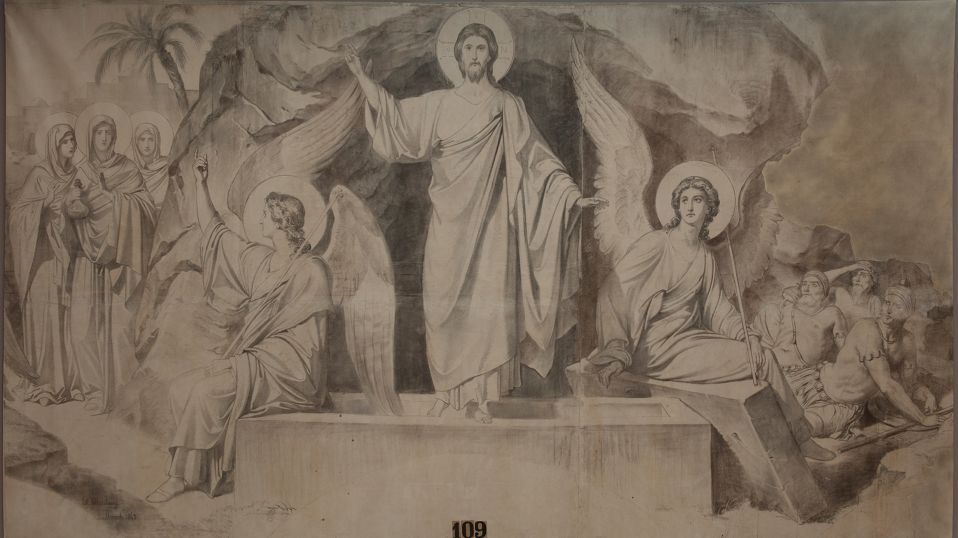
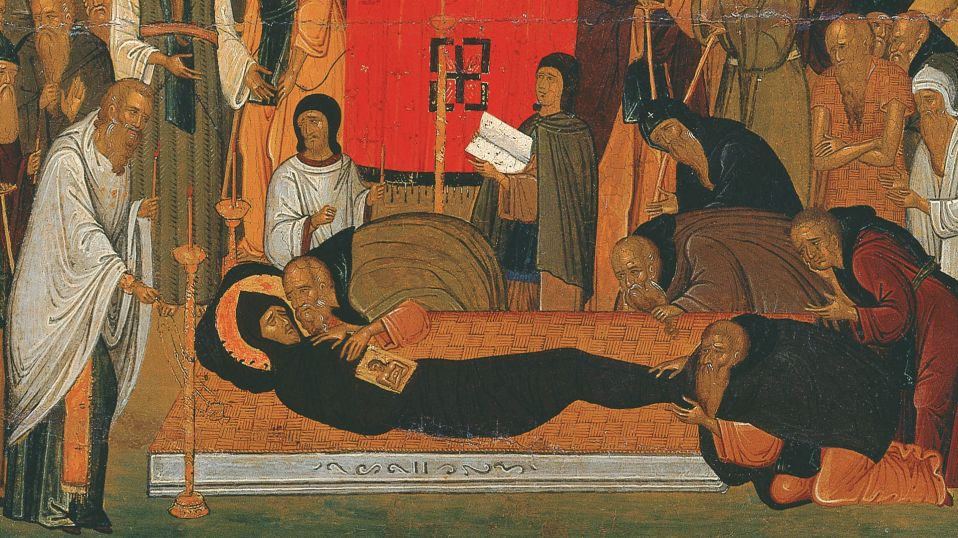
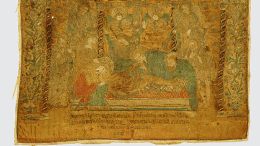
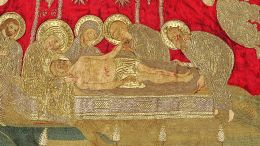
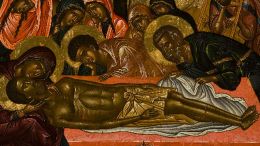
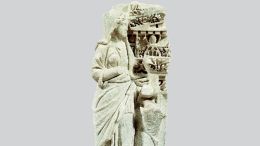
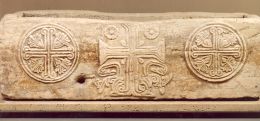
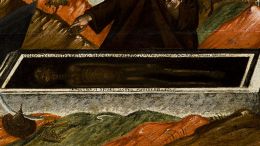
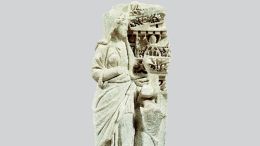
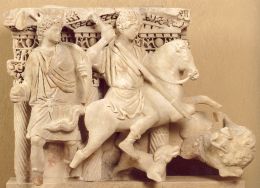
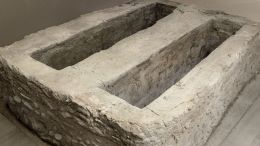
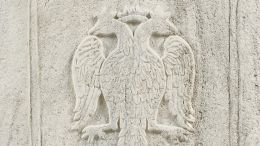
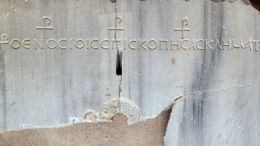
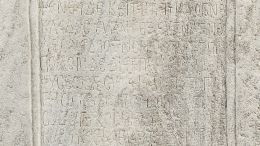
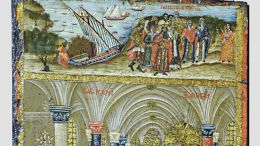
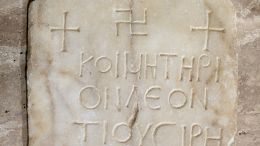
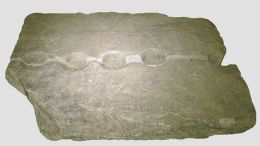
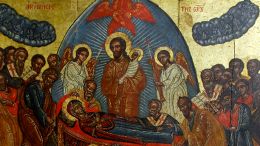
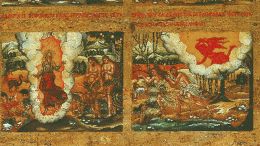
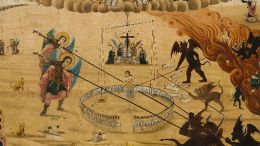
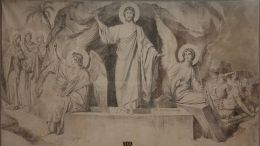
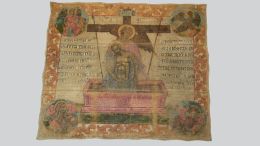
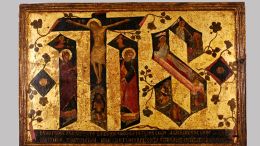
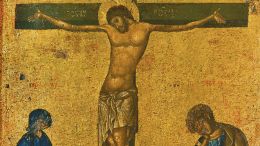
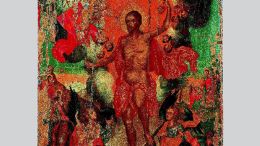
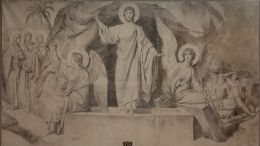
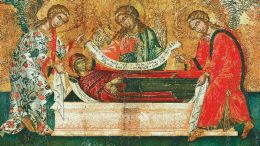
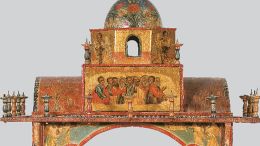
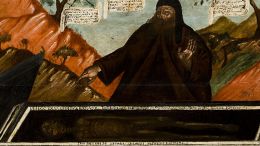
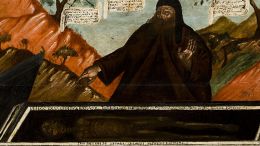
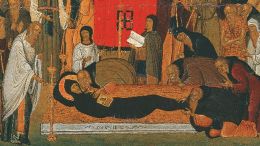
Comments
Users must be registered and logged in to comment.
No comments found.